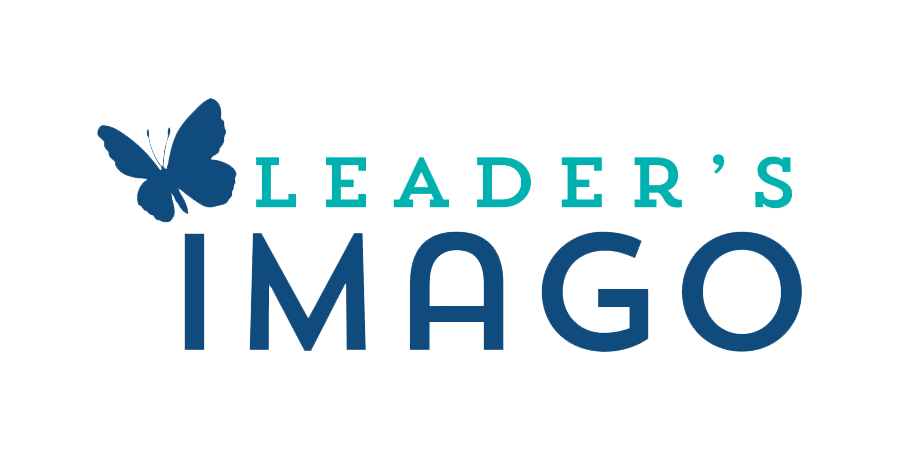Confession Time
I have spent more than 20 years in the Continuous Improvement World. I have studied and applied change management tools as an engineer and Lean Six Sigma Black Belt. I can tell stories of my trials and triumphs of leading change efforts of teams I managed. I teach leaders about Elisabeth Kubler-Ross’s Change Curve in an effort to equip them with strategies to both increase the speed of change and ease their employees’ emotional dips associated with change. Heck, I even coined my own “Change MAKER” model that I coach leaders to use today!
And yet I have to come clean, Folks. I’m a Change Resistor at heart. Perhaps you can relate. For example, at the start of the pandemic, my mom suggested I create a virtual version of my Team Manager Development Center (TMDC). “Hmmm, maybe,” I think was my reply. Over the next few weeks, a few of the TMDC Coaches also floated the idea to me. My response was, “Wow, that sounds like an interesting idea. Thanks for the suggestion.” And that is where I left it.
However, my colleagues remained persistent. “Lisa, have you given further thought to creating a virtual TMDC option? It would be so valuable to leaders who are likely facing the most difficult leadership challenges of their careers thru the pandemic!” “Yeah. So true. I’ll think about it,” said I.
After several months of deflection and procrastination, I was approached by two of my most persistent colleagues (who are also trusted friends). After sharing their ideas of what a virtual version of the program could look like, they asked me, “Lisa, what is getting in the way of you moving forward with developing a virtual TMDC?” My answer was honest and simple (albeit painfully vulnerable), “Frankly, I don’t know how.” Subsequent coaching uncovered my own mental blocks and realizations about asking for help. Long story short, we have successfully launched the VIRTUAL Team Manager Development Center and it is great! WHY DID I RESIST FOR SO LONG?
Change Resistor Reflection and Response
Reflecting on my own change resistance has been a valuable reminder. When I’m the Change Leader, the one with the great idea to roll out, I’ve got tools and methods to move the idea forward and bring the team into the change process. But when I’m not the one initiating the idea, I’m just like everyone else! I experience the emotions of change (denial, fear, anger, ambivalence), even when I know that change is good for me!
There are many possible reasons that turn our team members into Change Resistors, a few of which I will describe here. And there are techniques Change Leaders can use to respond.
Change Resistor Rationale #1: Things are working fine the way they are.
Change Leaders must clearly express the benefit of the change to everyone. Specifically, they need to clarify why the change is necessary, the expected outcome of the change and what will happen if the change isn’t made. Transparency is critical!
The most effective Change Leaders are also able to link the benefit of the change to the self-interests of the people on their team. This can be challenging because individual team members have their own personal self-interests. Making time to get to know your employees as people is a best practice of effective leaders. When we truly know our people and understand what makes them “tick”, we can begin to connect the dots between what we want and what they want. Think about it: when you are on the receiving end of a change, you have a need to understand “What’s In It For Me?” Convey the links to self-interest and you bring someone on board much more effectively.
Change Resistor Rationale #2: This is going to make my life/job harder.
This is where Change Leaders can demonstrate some humility about their change initiative. By making communication a two-way street, Change Leaders can create opportunities for team members to voice their concerns and to give input into the more detailed aspects of the change, especially as it relates to their day-to-day work. They may uncover aspects you didn’t consider. And they may pose solutions that wouldn’t have occurred to you as well. “The people who plan the battle don’t battle the plan.” (attribution unknown)
Change Resistor Rationale #3: I don’t know how I’m going to do this.
Fear and doubt can come about related to new knowledge, skills and attitudes required through the transition period of the change or to function effectively in the “new world”. This is about your team members’ competence and confidence! Fear of the unknown may not always be rational, but it is REAL. Change Leaders can engage in a coaching conversation with team members in order to uncover what is at the root of someone’s insecurity. Through this conversation it will become clear which resources, tools and/or training will help people up the learning curve. Pair these solutions with some support and encouragement, and your team member has a path forward. (Don’t forget to follow up to be sure they are progressing up the path as expected.)
Change Resistor Rationale #4: This is another “Flavor of the Month.” I’ll just wait it out.
It is not unusual for there to be fence-sitters when it comes to change. Fortunately, it is also not unusual to have early adopters! Change Leaders can seek out and recruit individuals who are likely to get on board with the change quickly as change ambassadors. Often peer-to-peer conversations can be very persuasive to gathering the support and buy-in of fence-sitters.
In conclusion, I’m a passionate Change Leader. And certainly, at times I’m a Change Resistor. We all find ourselves maneuvering around on that continuum. Let’s remember our team members are all over that continuum, too, and engage them accordingly!




